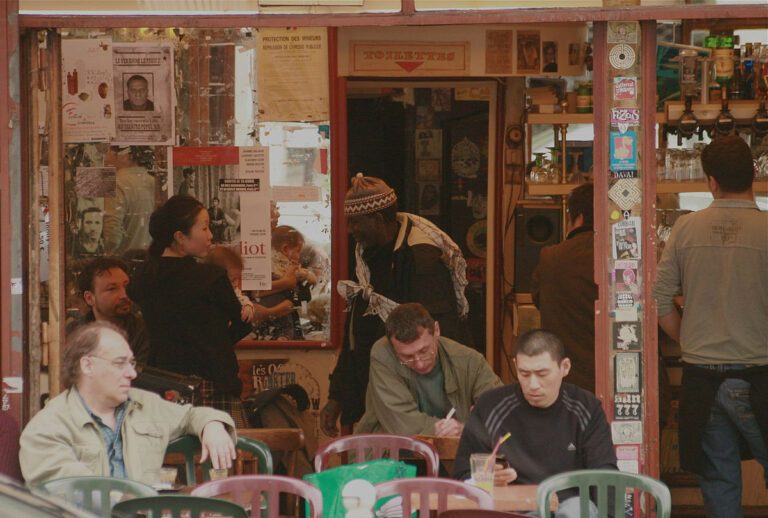Anyone who turned out for Finance Minister Michael Miltenberger’s travelling road show on the economy hoping for a bit of seasonal good cheer instead got a lump of coal.
From Fort Smith to Norman Wells and Yellowknife, the minister’s message was bleak. The territorial economy is not sustainable, he told crowds small and large.
The diamond mines that pushed the territory’s gross domestic product to $4.6 billion in 2007 are winding down, shedding jobs and reducing the flow of money to government coffers. The 2008 recession also took a toll and by last year the GDP was around $3.7 billion.
The decline is evident everywhere, from vacant apartments reported earlier this year by Canada Mortgage and Housing Corp., declining employment statistics, and outward migration that sent more than 500 people out of the territory last year.
Although the government’s goal of bringing 2,000 people to the territory seems more remote than ever, Miltenberger isn’t giving up. His solution is to add $1 billion to the government’s borrowing limit and spend the money on infrastructure to lower the territory’s cost of living.
Statistics Canada estimated that 21,300 persons were working in the Northwest Territories last month, an employment rate of 67 per cent, the fourth highest in Canada behind the Yukon, Alberta and Saskatchewan.
Labour force shrinking
Despite the high employment rate, it was the lowest for the Northwest Territories since June 2010 and is 2.3 percentage points lower than November 2013, the NWT Bureau of Statistics said in its report released Friday.
Over the last 12 months, fewer NWT residents were working or actively seeking employment, which indicated a movement out of the labour force of 1,200 persons, the report said.
Year over year, the labour force dropped by 1,300 people to 22,900 in November from 24,200 in 2013. The number of people employed fell to 21,300 from 22,100, a loss of 800 jobs. The number of people not in the labour force increased by 1,200 to 8,900 from 7,700.
There were 12,400 people working in Yellowknife last month, 200 more than in October, but 300 fewer than in November 2013.
Vacancy rate rising
Canada Mortgage and Housing Corp. has yet to file its December report, but last April it noted Yellowknife’s overall apartment vacancy rate increased to 5.9 per cent from 3.9 per cent a year earlier.
The largest increase was in two-bedroom units, which account for 47 per cent of Yellowknife’s rental stock, where vacancy jumped to 7.4 per cent from 1.7 per cent in April 2013.
The increase in vacancy occurred despite a 9.3 per cent reduction in the supply of rental units due to the conversion to hotel rooms. As of April 2014, there were 1,584 apartments in Yellowknife.
The CMHC report attributed the growing vacancy rate to fallout from economic recessions that hit the territory in 2008 and 2011, cutting employment opportunities and increasing outward migration.
“On a net basis, 521 people left the Northwest Territories in 2013, 68 per cent more than the previous year. With net migration declining, the demand for rental accommodations has moderated causing vacancy rates to increase,” the report said.
Increasing home ownership and the movement of renters to the expanding condominium market has also had an impact on apartment vacancies, the report said.
For more real estate stories, the city’s best rental board and property listings, visit Property North







